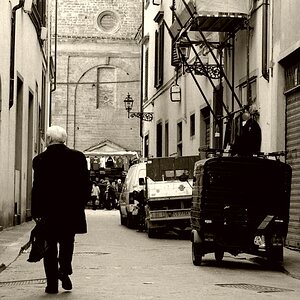Provo
TPF Noob!
- Joined
- Oct 27, 2009
- Messages
- 934
- Reaction score
- 20
- Location
- Ex Member
- Can others edit my Photos
- Photos OK to edit
These are old RAW images from my old camera that I just processed
what are your thoughts? Shot using fuji e900 I wanted to preserve the realistic feal in photomatix and in photoshop withought feeling like an oil painting


what are your thoughts? Shot using fuji e900 I wanted to preserve the realistic feal in photomatix and in photoshop withought feeling like an oil painting




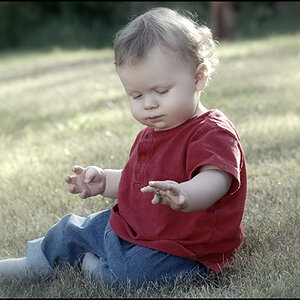
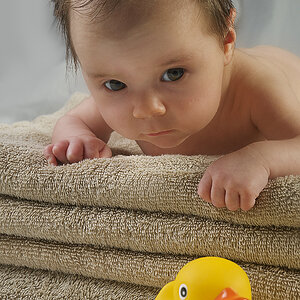
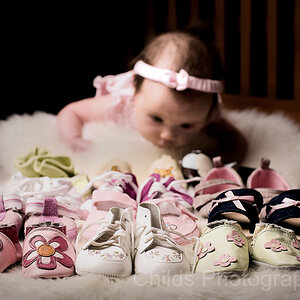
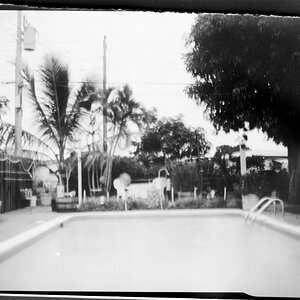
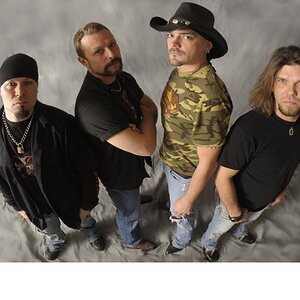
![[No title]](/data/xfmg/thumbnail/39/39188-ef8378fc9359eda8e99899c2e12f3892.jpg?1619738906)
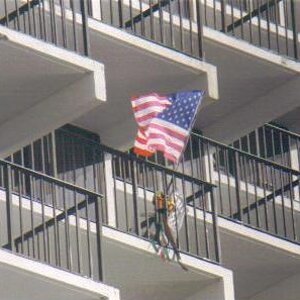
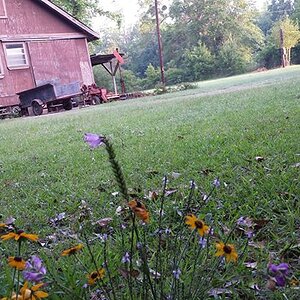
![[No title]](/data/xfmg/thumbnail/42/42459-a7a996b715ff4999d07738140fdd0fe3.jpg?1619740191)
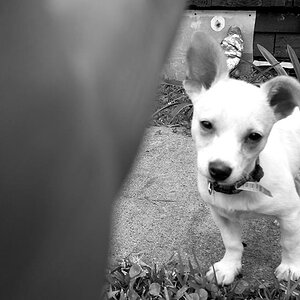
![[No title]](/data/xfmg/thumbnail/32/32170-3fce4409fbea1f5e9818209c7e87c1ea.jpg?1619735234)
